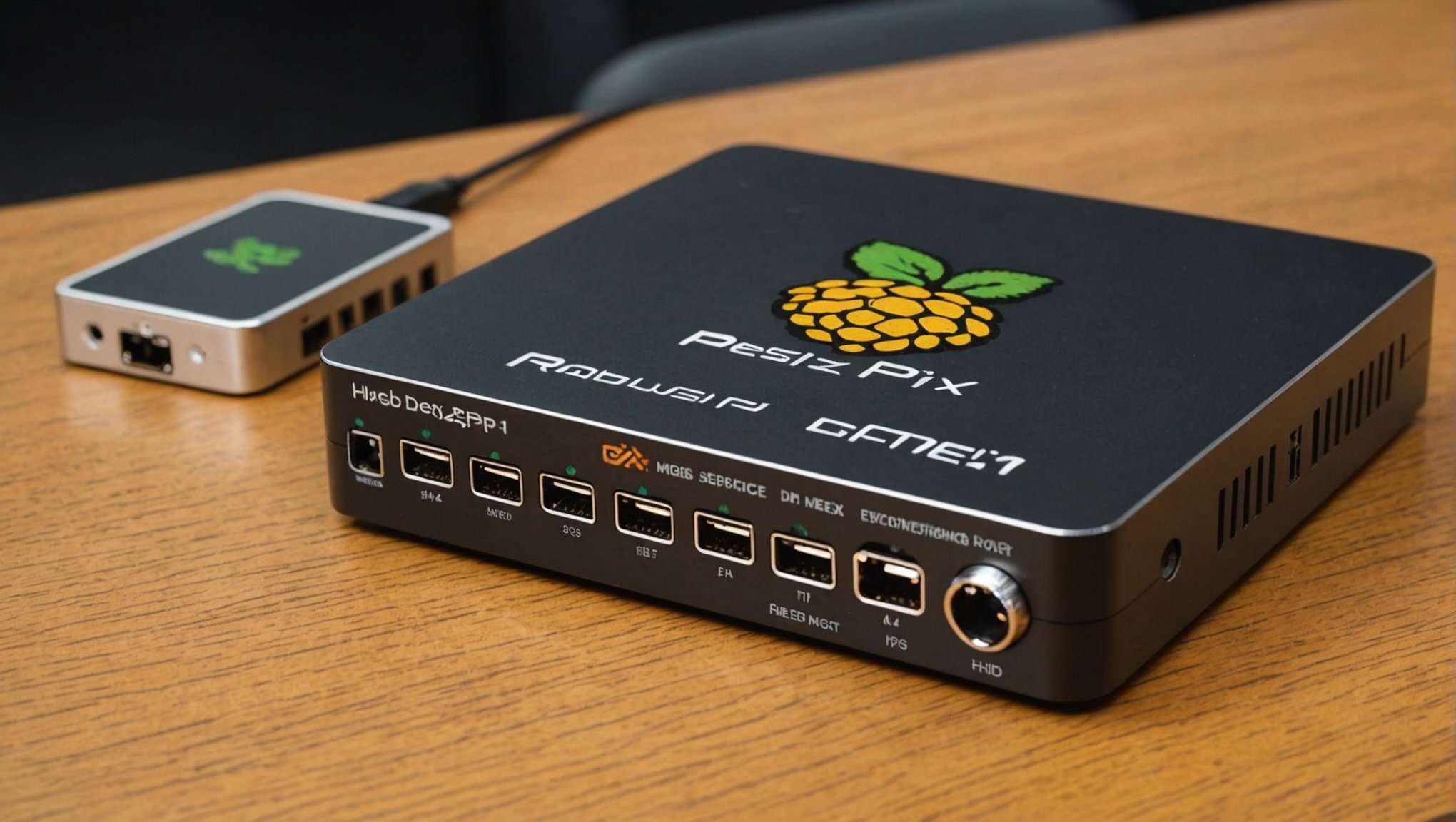Plex Media Server has revolutionized how we access and manage our digital media. In today’s fast-paced world, having a reliable and efficient home media server is essential for a seamless entertainment experience. The Raspberry Pi 4, armed with its impressive processing power and versatile capabilities, stands out as an excellent option for setting up an HD streaming server. This article will guide you through the best practices for setting up a Plex Media Server on a Raspberry Pi 4, ensuring optimal performance and a smooth streaming experience.
Understanding the Raspberry Pi 4 Capabilities
Before diving into the setup process, it’s crucial to understand the capabilities of the Raspberry Pi 4. This small but mighty device comes with a quad-core Cortex-A72 processor, 1-8GB of RAM, and USB 3.0 ports. These features make it more than capable of handling the demands of a Plex Media Server, especially for HD streaming.
Additional reading : How do you configure a TP-Link Archer AX6000 for optimal gaming performance?
The Raspberry Pi 4 can transcode multiple streams at a time, making it a reliable option for homes with several users. However, to achieve optimal performance, it’s essential to enhance the hardware with some additional components. Investing in a high-quality microSD card (32GB minimum), an external hard drive for your media library, and a decent cooling solution will ensure your server runs smoothly.
To truly capitalize on the Raspberry Pi 4’s potential, you must set it up correctly, ensuring that all components work harmoniously. This foundation will help prevent common issues such as buffering, lagging, or overheating.
Topic to read : What are the steps to install and configure a RAID 5 array on a Synology DS920+ for enhanced performance?
Preparing the Software Environment
The software environment is an integral part of setting up your Plex Media Server. Start by installing the Raspberry Pi OS, which is the official operating system for the Raspberry Pi. You can download it from the official website, and use tools like Etcher to flash it onto your microSD card.
Once the OS is ready, you will need to update your system. Open the Terminal and execute the following commands:
sudo apt update
sudo apt upgrade
After updating, the next step is to install the Plex Media Server software. You can download the package suitable for your Raspberry Pi from the Plex website. Follow the installation instructions provided to ensure everything is set up correctly.
Securing your server is also vital. Configure your firewall settings and enable SSH for remote access. This allows you to manage your server without needing a direct connection. Additionally, implement a VPN if you plan to access your server remotely from outside your home network, adding an extra layer of security.
With the software environment prepared, you are now ready to move on to configuring your Plex Media Server.
Configuring Plex Media Server Settings
Once the Plex Media Server software is installed, you’ll need to configure it to make the most out of your Raspberry Pi 4. Begin by opening the Plex web application in your browser and signing in with your Plex account. The initial setup wizard will guide you through some basic configurations, such as naming your server and adding libraries.
Adding libraries is a crucial step. Organize your media files into distinct folders (e.g., Movies, TV Shows, Music) and add them to your Plex libraries. Using a consistent and clear naming convention for your media files will help Plex accurately identify and organize your content.
Next, navigate to the server settings to optimize your streaming experience. Under the Transcoder section, select the highest quality consistent with your network’s capabilities. For HD streaming, setting it to Original quality is recommended, provided your network can handle the bandwidth.
It’s also advisable to set up automatic library updates. This ensures that new content is added to your Plex library without manual intervention. Enable Scheduled Tasks under the Library settings, and choose a frequency that suits your usage patterns.
Finally, fine-tune your Remote Access settings. If you plan to stream content outside your local network, ensure that Remote Access is enabled and properly configured. Setting up port forwarding on your router may be necessary to provide a seamless remote streaming experience.
Enhancing Performance and Troubleshooting
Even with a solid hardware foundation and optimized settings, performance issues can sometimes arise. Here are some advanced tips for enhancing the performance of your Plex Media Server on a Raspberry Pi 4.
First, consider overclocking your Raspberry Pi 4 to boost its processing power. This requires modifying the config.txt file and adjusting the CPU and GPU frequencies. Be cautious and ensure adequate cooling to avoid overheating.
Additionally, leveraging an external SSD can significantly improve the server’s read/write speeds compared to a traditional HDD or microSD card. This enhances the overall responsiveness and speed of your Plex Media Server.
Keeping an eye on system resources is vital. Use tools like htop to monitor CPU and RAM usage, ensuring your server isn’t overburdened. If you notice excessive resource consumption, consider limiting the number of concurrent streams or reducing the streaming quality.
Lastly, regular maintenance is crucial. Keep your system and Plex software up to date to benefit from the latest features and security improvements. Periodically check for software updates and apply them promptly.
If you encounter issues such as buffering or poor streaming quality, the first step is to check your network connection. Ensure that your Raspberry Pi 4 is connected to your router via Ethernet rather than Wi-Fi for a more stable connection. Additionally, restart both your router and Plex Media Server to resolve any temporary issues.
Ensuring a Smooth User Experience
Creating a seamless user experience is the final piece of the puzzle. Start by customizing your Plex interface. Use the Plex Web App to organize your libraries, create playlists, and manage users. This makes it easier for everyone in your household to find and enjoy content.
Implement user profiles to cater to different viewing preferences and restrictions. Plex allows you to create individual profiles with personalized libraries, parental controls, and viewing histories. This ensures a tailored experience for each user.
Consider setting up Plex Pass, a premium subscription that offers additional features such as mobile sync, live TV, DVR, and more. These features can significantly enhance the functionality and convenience of your Plex Media Server.
Educate your household on how to use Plex effectively. Provide a brief tutorial on navigating the Plex interface, creating playlists, and utilizing advanced features. This empowers everyone to make the most of the Plex Media Server.
Lastly, set up regular backups of your Plex server settings and media libraries. This safeguards your data against potential loss due to hardware failures or other unforeseen issues. Use tools like rsync to automate the backup process and store copies on an external drive or cloud storage.
Setting up a Plex Media Server on a Raspberry Pi 4 for HD streaming involves several steps, from understanding the device’s capabilities to optimizing performance and enhancing user experience. By following these best practices, you can ensure a smooth and enjoyable streaming experience for everyone in your household. The Raspberry Pi 4, with its powerful hardware and versatile capabilities, proves to be a robust and reliable solution for a home media server. Embrace these tips and enjoy seamless HD streaming with your Plex Media Server.











